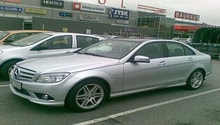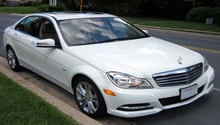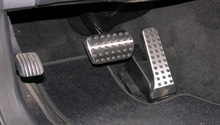Mercedes-Benz C-Class: Buying Guide
The Mercedes-Benz C-Class w204 is a wonderful motor car; however, it can be expensive to repair. If you are planning on buying one, make sure you do more than just look under the hood. You don't want to inherit someone's else's problems.
This article applies to the Mercedes-Benz C-Class w204 (2007-2014).
Most already know what to look for when buying a pre-owned car. No scratches, rust, dents, or faded paint. Some will then take it on a test drive, and if the brakes don't fail or the engine doesn't explode, the car is sold. But to be a lot smarter, most know that it only takes a few minutes to discover any problems that could send the car in for expensive repairs.
This article will give some tips on what to look for if you are interested in buying a Mercedes-Benz C-Class w204. Also, problems affecting different C-Class models will be highlighted. Of course, the best way to inspect a possible purchase is to obtain a PPI (pre-purchase inspection) done by a reputable and knowledgeable mechanic. They generally cost between $150 to $250, but it depends on the location and items inspected. The Mercedes-Benz CPO program sells pre-owned w204s, and provides a warranty. Make sure that the dealer has a solid reputation, as some buyers report problems that were not addressed in the CPO inspection process. The oldest w204 is only eight years old. The market isn't glutted with pre-owned C-Class models, and you may have to search in other cities for the one you want. If the car you are buying comes with no warranty or if you are not buying it locally, a PPI is almost a must.
Note
If the car you are considering was a "gray market" purchase, make sure that it is up to U.S. specs or you will have trouble registering it in your name.
Here are some things to bring with you when you are going to inspect the car yourself:
- A notebook and a pen to record your observations as well as write down pertinent registration information.
- A portable music device to test the car's sound system.
- A rag or paper towel if you are going to inspect fluids.
- Bring a flashlight to inspect under the hood and under the car.
- Develop a checklist of the things you want to inspect. You can find checklist suggestions online.
- A kitchen magnet to disclose non-metal body work.
- If available, try to obtain an auto history on the vehicle you are inspecting.
Make sure the car is parked on a level, dry area. If not, any possible suspension problems or leaks won't be easily noticed.
Engine and Transmission
Hold your hand over the engine. If the engine is hot, it may have been started and left running before you got there to mask any cold start-up problems. Visually inspect the engine for any signs of leaks or excessive wear. Check for wear or weakness in the timing chain or poly v-belt. Is the oil or transmission fluid discolored? Finding grit and/or particulates when you wipe the dipstick is not a good thing.
Look under the car for signs of wear or leaks. These cars sit pretty low, so having some scrapes on the underside of the bumper is not uncommon due to parking blocks. However, if the underside of the vehicle is substantially scratched up or the splash shield is missing completely, you need to inquire about it.
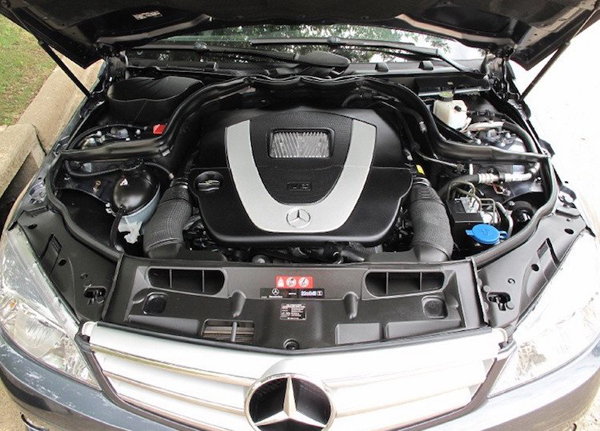
Interior and Exterior
The adage "God is in the details" can be applied when you examine the interior and exterior of the car. Torn seats will require re-upholstering, which is not a cheap endeavor. Check the dashboard for signs of fading, wear, or cracking from sun damage. Inspect all of the interior plastics for gouging and scraping, as these panels often cannot be repaired and would need to be replaced. What about the steering wheel, is it worn? Does the vehicle have floor mats? Does the sunroof work? Check all of the switch gear, indicators, lights, etc. The aforementioned MP3 player or cell phone can be used to test the connectivity of the audio system.

A torn seat or scrapes on the bumper may give you clues as to how much care was given to the car. Look under the car for dents, scrapes, and weld marks, which could signal previous major repair work to the body. Look at the car from a distance of about 20-feet. Slight variations in color on different parts of the car are easier to spot. This could be due to collision body work. A proper repair, if one was made, should look seamless. Check for ripples in the bodywork because doors commonly get dinged. To best spot ripples in the bodywork, look at the panel at a 45 degree angle in direct sunlight because this vantage point best showcases any flawed panels. Also, check the tires for excessive wear. If the tires are noticeably worn, this should be a point of negotiation.
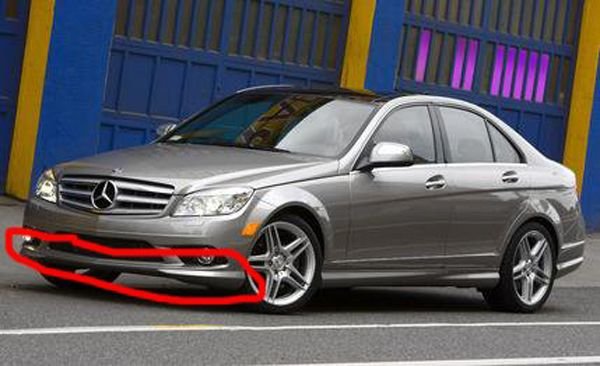
Overall Condition
Check the odometer for the mileage, and ask to see the maintenance records. If many of the recommended services have been missed, a red flag should go up. Also, ask how many drivers/owners the car has had. This could be a clue to uneven wear on major components.

Common Issues
In addition to a normal vehicle inspection, you'll want to check on some of the more common issues C-Class w204 owners have experienced.
- C63 AMG Head Bolt Problem: bolts stretched causing oil to leak from gasket and mix with coolant, causing engine failure. If the car you are considering has an engine number of 60657 or lower, make sure the head bolt "fix" has been done.
- Tail Light Harness Recall: power surge causes the bulb's wire connector to melt, causing tail light failure.
- Wiring Harness on Camshaft Solenoids: solenoids would burn out, causing lifter problems.
- Steering Lock: when car is started, the electronics go on, but engine doesn't turn over.
Ask the current owner of the car if any of these have been an issue, and if they have been addressed.
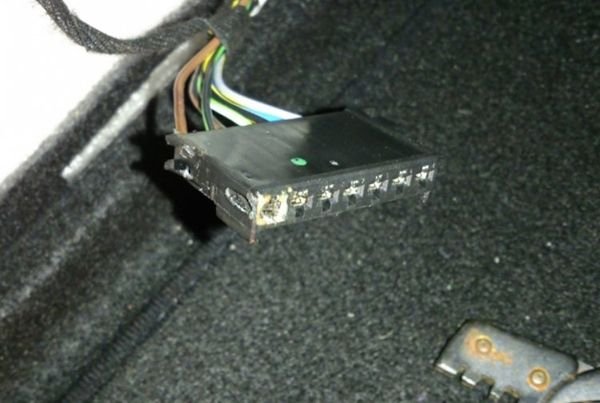
Related Discussions
- Buying Used C250 - MBWorld.org
- Buying '08 C300 - MBWorld.org
- Buying Used C63 AMG - MBWorld.org
- W204 Cam Solenoid Campaign - MBWorld.org
- C63 Head Bolt Repairs - MBWorld.org
- W204 Tail Light Recall - MBWorld.org


